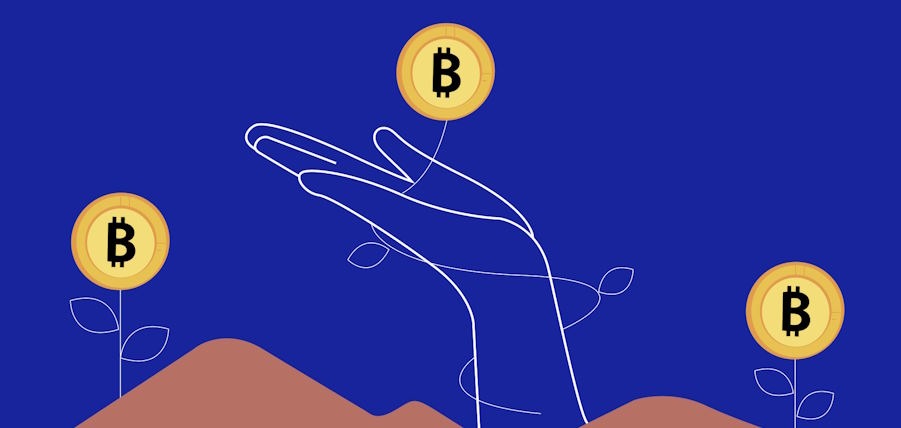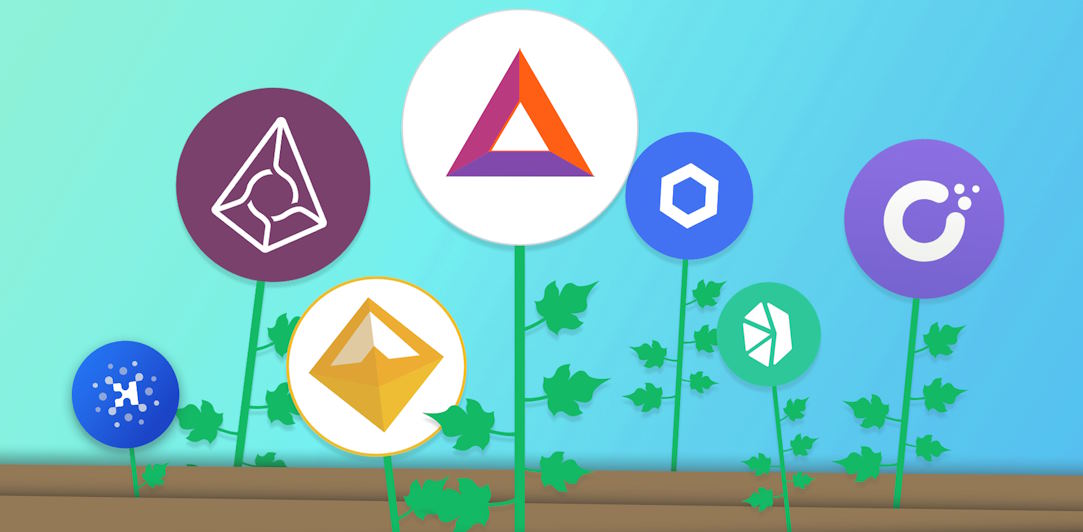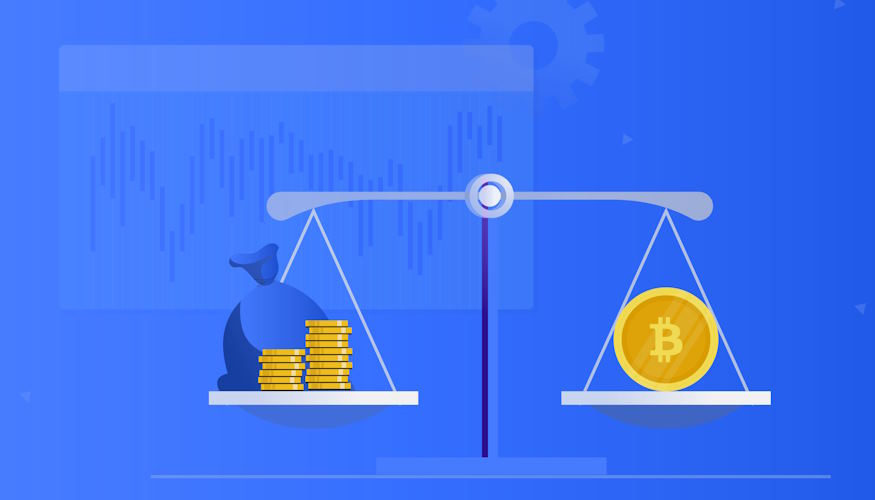
Yield Farming and Liquidity Provision: Generating Income with New Crypto Coins
— July 26, 2023Navigating the intricate terrain of cryptocurrency can be both exhilarating and daunting, with yield farming acting as a guiding beacon for those seeking to maximize their digital assets. The concept is simple yet powerful: by strategically deploying cryptocurrencies into liquidity pools, users can earn additional tokens while facilitating seamless transactions for others. Simultaneously, liquidity provision forms the bedrock of decentralized exchanges, upending traditional notions of trading and ushering in a new era of financial interaction.
Understanding Yield Farming
Definition and Concept of Yield Farming
Yield farming is a dynamic practice within the decentralized finance (DeFi) space, allowing cryptocurrency holders to put their assets to work and earn rewards. It involves participating in liquidity provision for various decentralized platforms, essentially becoming a part of the financial ecosystem. By locking up cryptocurrencies in liquidity pools, users help facilitate trading while gaining rewards in return.
Mechanisms of Yield Farming
- Providing Liquidity to Liquidity Pools: Yield farming relies on the concept of liquidity provision. Users contribute pairs of tokens to liquidity pools, which are used for trading on decentralized exchanges. This provides the platform with the necessary liquidity and earns users a share of trading fees and additional tokens.
- Yield Optimization Strategies: Yield farmers seek to optimize their returns by employing strategies that leverage the DeFi ecosystem. These strategies might involve moving assets between different liquidity pools or yield farming protocols to capture the highest possible yield.
Risks and Challenges Associated with Yield Farming
- Impermanent Loss: When the value of tokens in a liquidity pool changes, impermanent loss occurs. This happens because the value of tokens held in the pool may diverge from simply holding the tokens. It’s a risk inherent to providing liquidity.
- Smart Contract Vulnerabilities: Yield farming relies on smart contracts, which are not immune to vulnerabilities. Exploits or vulnerabilities in these contracts can lead to financial losses.
- Market Volatility: Cryptocurrency markets are highly volatile. Sudden price fluctuations can impact the value of assets in liquidity pools, affecting potential returns and introducing uncertainties.
Steps to Get Started with Yield Farming and Liquidity Provision
Choosing the Right Cryptocurrency and Platform
- Evaluating Token Fundamentals: Before diving into yield farming, research and understand the tokens you plan to provide as liquidity. Strong fundamentals, use cases, and community support can enhance the potential for sustainable yields.
- Selecting a Reputable DEX or Yield Farming Platform: Pick a reliable decentralized exchange (DEX) or yield farming platform. Ensure it has a solid track record, transparent operations, and security measures in place to safeguard your assets.
Setting Up a Wallet and Acquiring Tokens
To participate, you’ll need a compatible cryptocurrency wallet. Securely acquire the tokens you intend to provide as liquidity through reputable exchanges.
Adding Liquidity to a Pool
- Providing Equal Value of Two Tokens: Liquidity provision involves contributing equal values of two different tokens to a liquidity pool. This helps maintain the pool’s balance and facilitates trading.
- Receiving LP Tokens: In return for your contribution, you’ll receive LP (Liquidity Provider) tokens. These tokens represent your stake in the pool and can be used to redeem your share of the pool’s trading fees and rewards.
Staking LP Tokens and Earning Rewards
- Yield Farming Rewards in Native Tokens: Stake your LP tokens in the respective yield farming protocol. This allows you to earn rewards in the form of native tokens, which could be the platform’s governance token or other assets.
- Monitoring and Compounding Rewards: Regularly monitor your rewards and consider compounding them by reinvesting them into the yield farming pool. Compounding can significantly boost your overall earnings over time.
Yield Farming Strategies and Techniques
Single-Asset vs. Dual-Asset Liquidity Provision
When considering yield farming, a crucial decision lies in choosing between single-asset and dual-asset liquidity provision. Single-asset farming involves providing just one token, while dual-asset farming requires contributing equal values of two different tokens. Each approach comes with its own set of risks and rewards, and understanding the dynamics of each can guide your strategy.
Impermanent Loss Mitigation Strategies
Impermanent loss occurs when the value of tokens in a liquidity pool diverges from the value of holding those tokens. Strategies like “pairing stablecoins with volatile assets” or “focusing on less volatile pairs” can help mitigate this loss. Research and careful selection of token pairs can help balance potential impermanent losses with potential rewards.
Yield Optimization Through Yield Aggregators
Yield aggregators are platforms that automatically move your funds between different liquidity pools to optimize returns. These platforms aim to capitalize on the best yield opportunities across various protocols, saving users time and effort. Engaging with yield aggregators can streamline the process and enhance overall returns.
Understanding the Impact of APY and Impermanent Loss on Profits
The Annual Percentage Yield (APY) represents the potential annualized return on your investment. However, it’s important to note that high APYs might be accompanied by higher risks. Impermanent loss should also be factored into your profit calculations. Balancing both aspects can lead to more accurate expectations and informed decisions.








